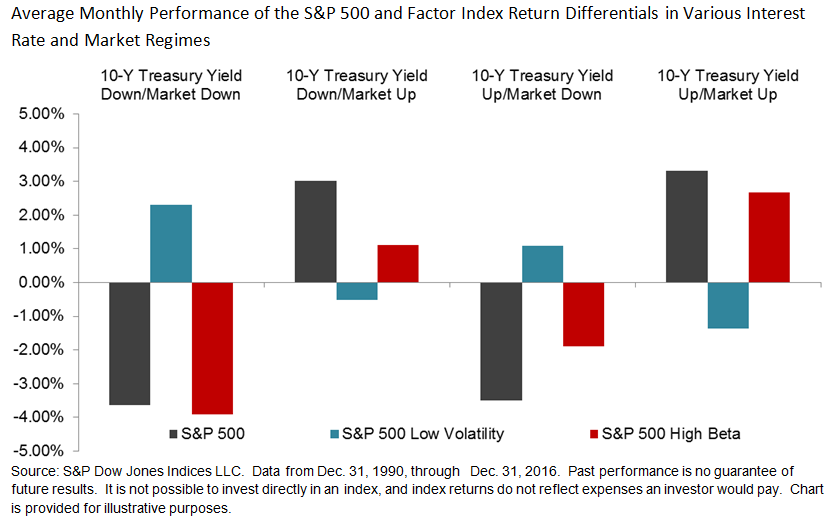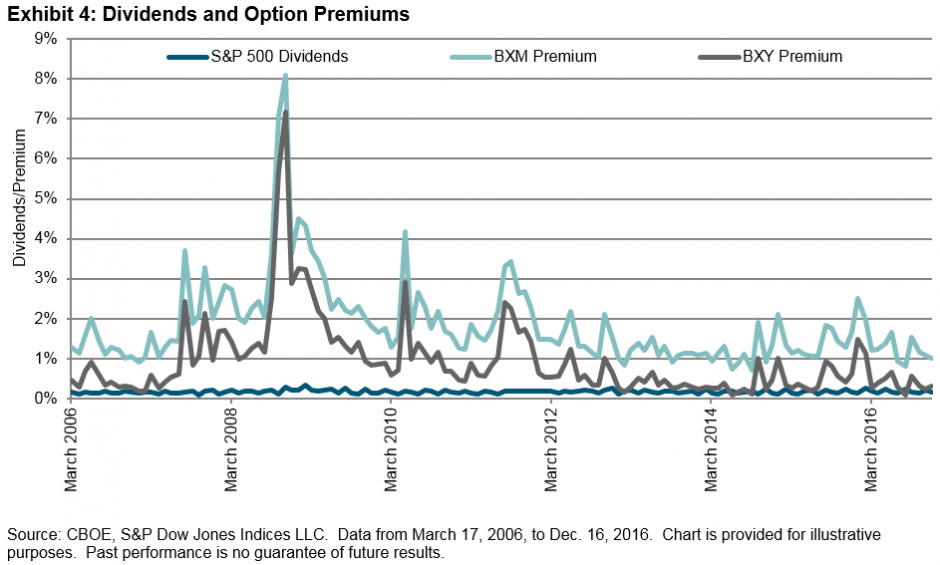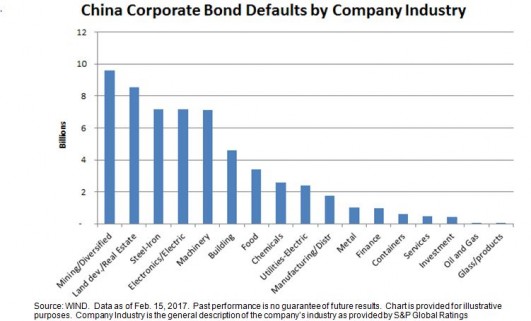A trend that has been catching attention is purchases of U.S. municipal bonds by foreign investors. A terrific summary was recently published by VanEck’s Michael Cohick and that can be found by clicking here.
As that research points out, the Federal Reserve data on foreign investor holdings has jumped to end 2016 at $106 billion. That data can be found on page 125 of the Federal Reserve Statistical Release March 9th 2017.
Some factors that could be making U.S. municipal bonds attractive to foreign investors include:
- A strong U.S. dollar or perspectives of a strong for longer U.S. dollar.
- U.S. municipal bonds, whether tax-free or taxable, offer incremental yield relative to the negative or near zero yield environments seen in the Eurozone and Japan.
- The relatively high quality of investment grade municipal bonds to other asset classes such as U.S. corporate bonds and in some cases sovereign bonds.
- The low historical default rate of investment grade municipal bonds.
- Shorter duration than U.S. investment grade corporate bonds. For example, investment grade municipal bonds tracked in the S&P National AMT-Free Municipal Bond Index have more than a two year shorter duration than those tracked in the S&P 500/MarketAxess Investment Grade Corporate Bond Index. Note: both indices designed to reflect more liquid segments of the markets.
- Relatively lower volatility of U.S. municipal bonds as compared to U.S. corporate bonds.
- Due to these factors, U.S. municipal bonds can also be a diversifying asset class.
Liquidity: Due to the large number of U.S. municipal bond issuers and the sheer number of municipal bonds outstanding the depth of liquidity for U.S. municipal bonds has been a factor impacting the market for decades. The lower depth of liquidity for U.S. municipal bonds helps keep yields higher as a liquidity “premium” is demanded by the market in return for this risk. The advent and growth of diversified municipal bond Exchange Traded Funds (ETF’s) could be helping to provide access to and liquidity for municipal bonds. The Federal Reserve Statistical Release shows assets in municipal bond ETF’s have grown from $15.1 billion at year end 2014 to $24.7 billion at year end 2016.
Table: Select bond indices, their yields and year-to-date returns:
















